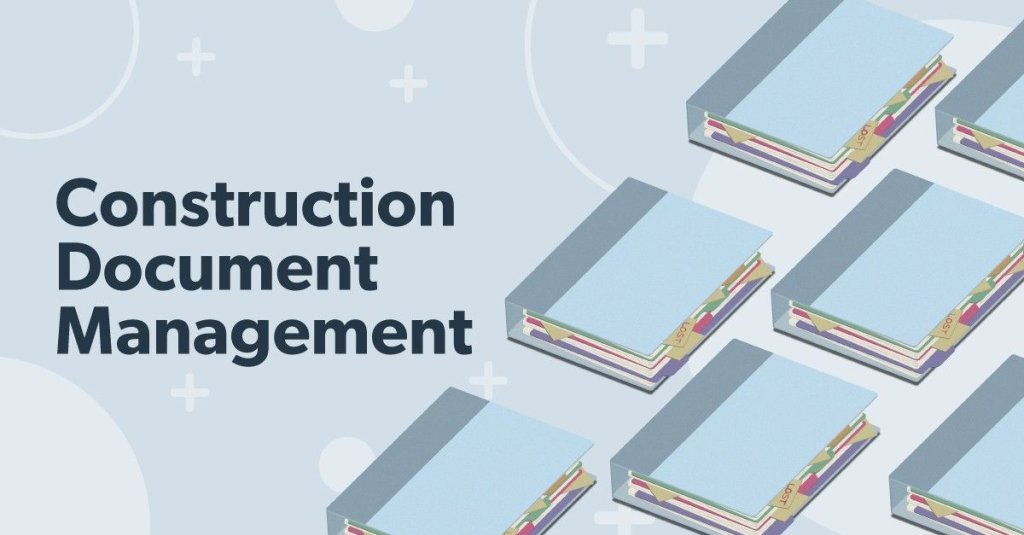Optimizing Project Cooperation: Designer's Best Practices in Building And Construction Document Monitoring
In the complex world of building projects, the efficient management of building papers stands as a keystone for success. Amidst this intricacy exists an essential question: exactly how can designers improve partnership procedures to improve task results?
Leveraging Cloud-Based Systems
Leveraging cloud-based systems is an essential method for contemporary designers in enhancing building record management procedures. By transitioning from traditional paper-based systems to shadow remedies, engineers can simplify cooperation, enhance file ease of access, and improve overall task efficiency. Cloud-based platforms supply engineers the capability to shop, share, and update building records in real-time, making certain that all group members have access to one of the most current information no matter of their place. This ease of access promotes smooth communication and coordination amongst job stakeholders, causing fewer mistakes and delays in the construction procedure.
Moreover, cloud-based systems offer a secure setting for keeping delicate job details, providing encryption, normal backups, and individual consent setups to protect information integrity. Designers can also gain from the scalability of cloud options, allowing them to readjust storage capability and capability based on job requirements. On the whole, leveraging cloud-based platforms encourages architects to enhance their construction paper monitoring processes, driving higher cooperation, performance, and success in their projects.
Carrying Out Variation Control Systems
Having established the advantages of cloud-based systems in building record administration, architects can currently boost their file control procedures by implementing Version Control Equipment. Version Control Equipment (VCS) are crucial tools that track changes in files, guaranteeing that staff member are constantly functioning with the latest and most precise details. By executing VCS, architects can preserve a centralized repository where all job files are kept, enabling seamless collaboration while minimizing the risk of mistakes and variation problems.
This feature is specifically important in building tasks where style iterations and adjustments are common. This openness not only boosts accountability yet likewise helps in settling conflicts or disparities that may develop during the job lifecycle.
Developing Interaction Procedures
To ensure effective and effective job coordination, designers have to establish clear and durable communication procedures within their building and construction file monitoring processes. Communication methods define the techniques, regularity, and channels where staff member exchange info, updates, and responses. One vital facet of establishing these protocols is figuring out a central interaction platform where all project-related discussions and record sharing can occur. This platform might be a task monitoring software program, email threads, or cloud-based storage options. By establishing standards on just how information is distributed and exactly how staff member interact with each other, engineers can simplify the circulation of information and prevent miscommunications or delays in the building and construction process.
Furthermore, communication protocols need to additionally consist of standards on exactly how to deal with conflicts, change orders, and immediate problems that may arise throughout the job lifecycle. check it out Establishing a structured strategy to interaction guarantees that all stakeholders are on the very same web page, promotes openness, and inevitably adds to the successful completion of the building and construction job.
Utilizing BIM Software Program for Control
BIM software application plays a critical duty in boosting sychronisation among task team members in the building and construction market. Building Details Modeling (BIM) assists in partnership by providing a central platform where engineers, engineers, professionals, and various other stakeholders can function together in a worked with way. Through BIM software program, job individuals can access and update a common model that has in-depth information concerning the structure design, building components, and job timetables.

Moreover, BIM software application allows real-time partnership and communication amongst employee, regardless of their physical area. With cloud-based BIM platforms, task stakeholders can access the most current project information, track adjustments, and make notified decisions without delay. Generally, leveraging BIM software application for coordination boosts job efficiency, productivity, and ultimately leads to successful job end results.
Ensuring Data Protection and Compliance
In the realm of construction file administration, securing information honesty and making certain governing conformity are vital considerations for designers and various other job stakeholders. Designers should execute robust safety and security measures to protect delicate project information from unapproved accessibility or violations.

Verdict
To conclude, architects can enhance task partnership in construction document administration by leveraging cloud-based platforms, applying version control systems, developing communication procedures, utilizing BIM software application for coordination, and making sure information protection and conformity. These ideal practices assist simplify the building procedure, improve communication among task stakeholders, and enhance effectiveness in task delivery. By complying with these standards, architects can successfully take care of construction files and promote successful project results.
Via BIM software application, job participants can access and official source update a shared design official website that has detailed information about the building style, building elements, and task timetables.
Via cloud-based BIM systems, task stakeholders can access the most recent project details, track adjustments, and make educated choices without delay - construction document management. On the whole, leveraging BIM software program for coordination boosts task performance, performance, and inevitably leads to successful task end results
In verdict, designers can enhance job partnership in building paper administration by leveraging cloud-based platforms, carrying out version control systems, establishing communication protocols, using BIM software for coordination, and making certain information safety and compliance. These ideal methods help enhance the building procedure, boost communication amongst project stakeholders, and enhance performance in task distribution.
Comments on “Efficient Construction Document Management Solutions for each Project”